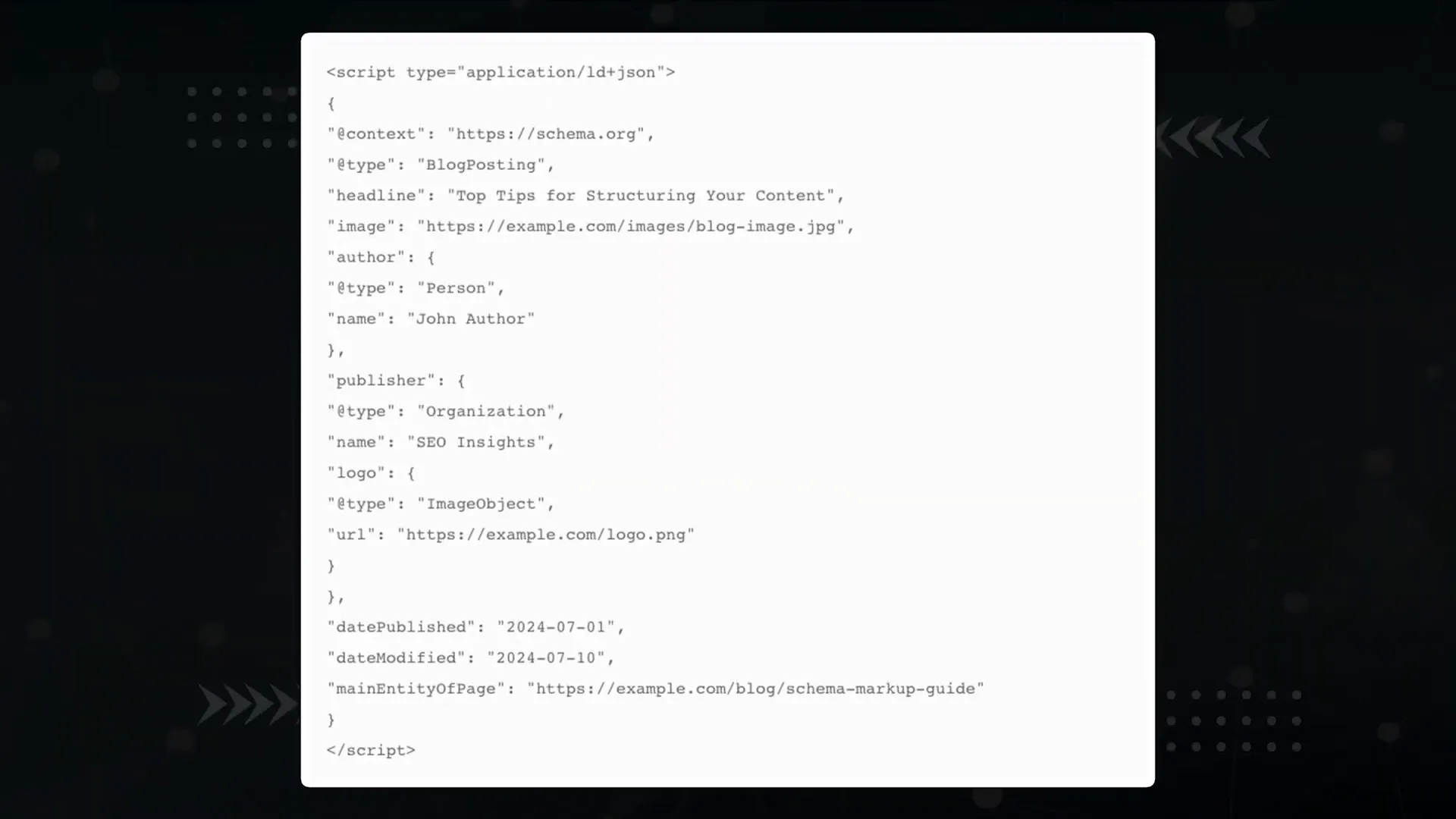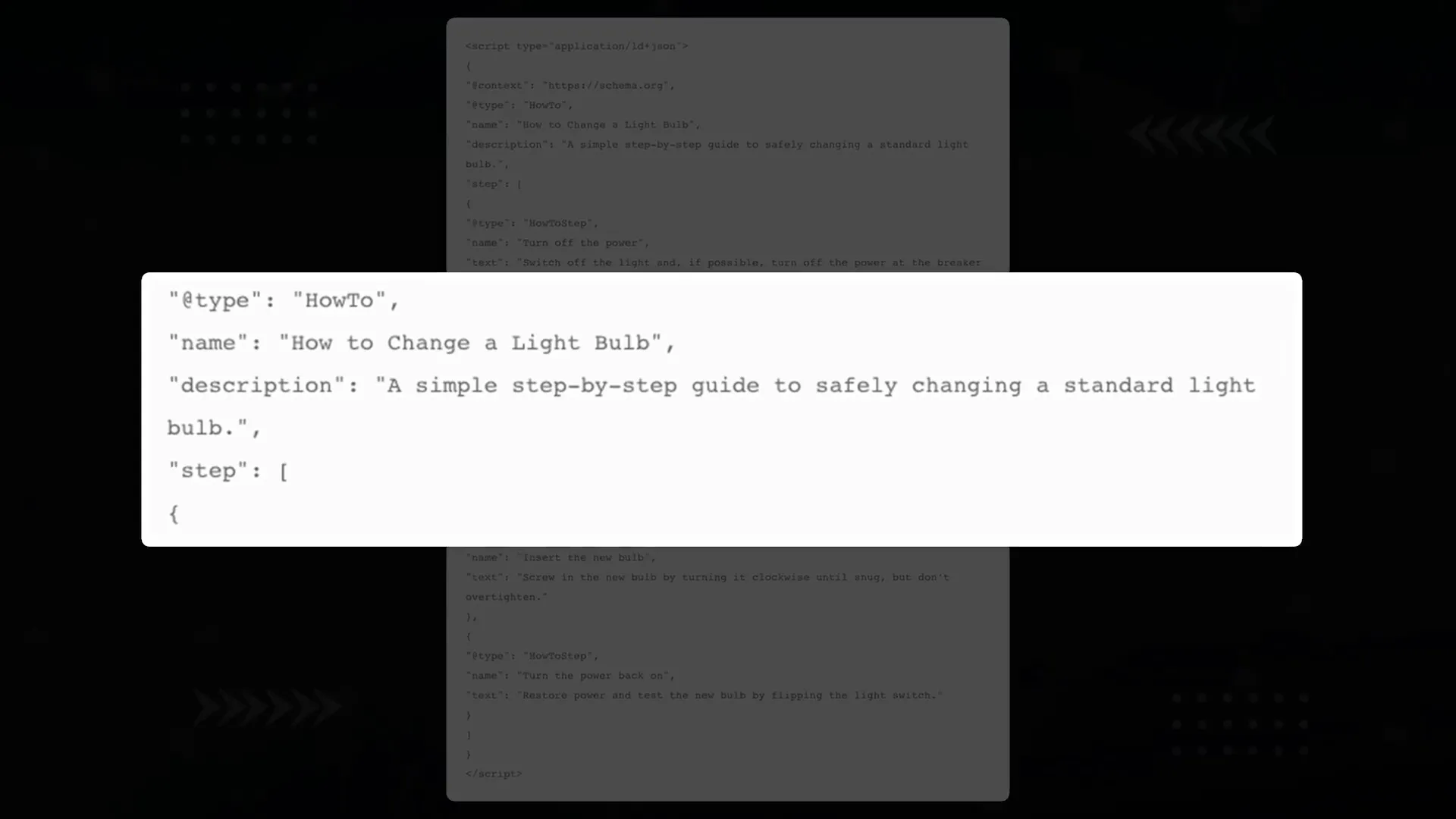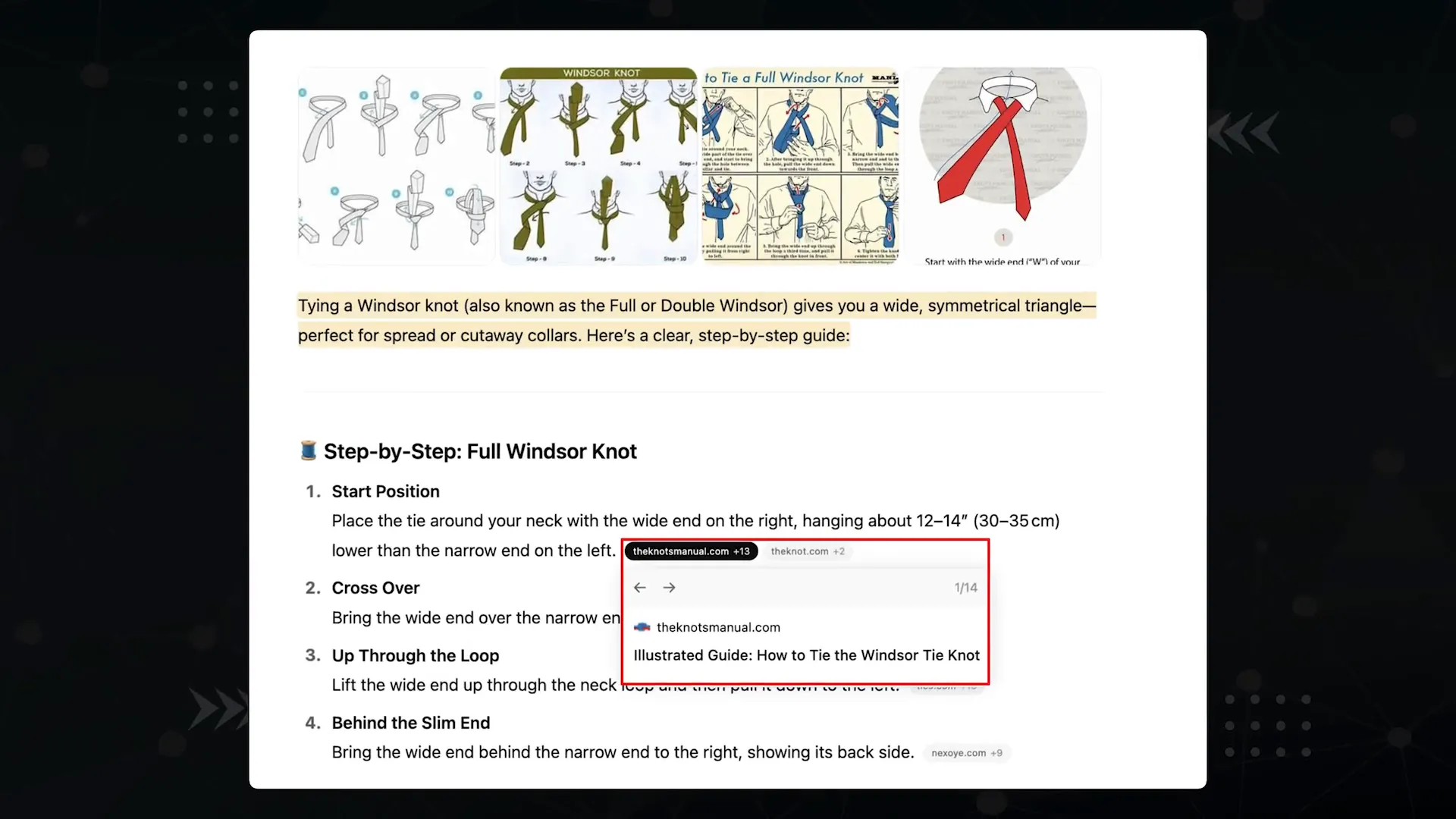At Digital Reach, we’re always exploring innovative ways to help Hawaii businesses thrive online. Recently, we tested some unconventional AI-SEO techniques that many overlook, even though Google itself encourages some of them. These tactics included server log analysis, schema injections, and leveraging multimedia content. The results? A staggering 1,400% increase in AI-driven traffic, 164 new ranking AI overview keywords, and a doubling of overall organic traffic.
If you’re a local Hawaii business owner or marketer, this guide will walk you through these cutting-edge techniques step-by-step so you can skip the guesswork and start showing up in Google AI overviews, ChatGPT, and other AI platforms that your customers increasingly rely on.
Table of Contents
- Outline
- Introduction to AI SEO and Why It Matters
- 1. AI Log File Analysis: Discover What AI Bots Love and Ignore
- 2. Schema Markup: The Secret Sauce to Getting Cited by AI
- 3. Multimodal Content: How Images, Videos, and Tables Boost AI Visibility
- Conclusion: What These AI SEO Techniques Mean for Your Hawaii Business
- FAQ: AI SEO for Local Hawaii Businesses
Outline
- Introduction to AI SEO and Why It Matters
- 1. AI Log File Analysis: Discover What AI Bots Love and Ignore
- 2. Schema Markup: The Secret Sauce to Getting Cited by AI
- 3. Multimodal Content: How Images, Videos, and Tables Boost AI Visibility
- Conclusion and Next Steps for Hawaii Businesses
- FAQ: Common Questions on AI SEO for Local Businesses
Introduction to AI SEO and Why It Matters
About a year ago, we worked on a client’s site in the gardening niche—a business selling plant pots. While their traditional Google traffic steadily increased, their AI traffic was barely moving, even as AI adoption surged across search engines and chatbots.
We realized that optimizing for AI-driven search results is becoming essential, especially for local businesses in Hawaii where competition is growing and customer behavior is evolving. AI SEO isn’t just about ranking on Google anymore; it’s about ensuring your content is discoverable, understandable, and cited by AI bots like Google’s GPT bot and ChatGPT’s crawlers.
So, we set out to test some of the weirdest AI SEO techniques out there to see what really works. Here’s what we learned.
1. AI Log File Analysis: Discover What AI Bots Love and Ignore
One of the most underrated AI SEO tactics is analyzing your server’s log files. Log files are simple text files that record every visit to your website—whether by humans, Google bots, or AI crawlers like GPT bot. They include details such as IP addresses, request times, and HTTP status codes.
Why are log files crucial for AI SEO? Because they reveal which pages AI bots are actually crawling and which they’re ignoring. This insight allows you to:
- Identify the pages AI bots love and prioritize them
- Detect important pages being ignored by AI
- Find crawl errors and loading issues affecting AI rankings
- Optimize internal linking to guide AI bots where you want
Most hosting providers offer easy access to these logs in your file manager, usually under folders named logs or access logs. Download your logs and upload them to ChatGPT for analysis using tailored prompts.
For example, ask ChatGPT to analyze hits from Google bot and AI crawlers like GPT bot, then request a list of the 10 pages with the fewest AI hits, complete with a visual diagram. This helps you pinpoint neglected pages.
In one case, we found a key sales page with only one internal link pointing to it, causing it to be largely ignored by AI bots. After adding more internal links from highly crawled pages, the AI started crawling it regularly, improving its visibility in AI-driven search results.
Conversely, identifying pages that get the most AI hits lets you amplify their value by linking to other important pages and expanding the content with related subtopics. Don’t forget to enhance those pages with AI-friendly schema markup, which we’ll discuss next.
Additionally, ChatGPT can flag crawl errors from AI bots and suggest fixes like restoring missing pages or implementing 301 redirects. It can also spot unusual crawl patterns, such as spikes in activity or bots skipping commercial pages, offering actionable AI-driven insights.
For Hawaii businesses, this means ensuring your most valuable service pages, such as those for local roofing or painting services, get crawled and understood by AI, maximizing your chances of appearing in AI-powered local search results.
2. Schema Markup: The Secret Sauce to Getting Cited by AI
Google’s Search Central post on AI success reveals a key secret: AI bots need structured data (schema markup) that matches your visible content to cite your pages effectively.
Despite advanced algorithms, search engines and AI bots struggle to interpret content like humans do. For instance, a satirical article about “how to tell if your cat is trying to kill you” might be misread by bots as a serious pet behavior guide. Schema markup clarifies your content’s intent and type, helping AI bots understand exactly what your page is about.
Structured data is code embedded in your HTML that labels your content—for example, as an article, a product, an event, or an FAQ. This clarity boosts your chances of your content being displayed in the right AI contexts and cited with proper attribution.
For a general blog article, schema includes fields for the author, organization, and publication date. After adding article schema to a client’s page, we saw AI overview citations jump from 5 to 26, with AI bots pulling author information directly from the markup.
For “how-to” pages, schema can include detailed steps, allowing AI overviews to cite each step individually with links back to your site. This granular citation increases your authority and visibility in AI-driven results.
With countless schema types available, memorizing them all is impractical. Instead, use ChatGPT to generate schema markup by providing your content details and requesting JSON-LD FAQ or article schema. Then embed the generated code inside a script tag in your page’s HTML head or use popular schema plugins.
For Hawaii businesses, implementing schema markup is a straightforward way to ensure local service pages, FAQs about your products, or event announcements are correctly understood and promoted by AI platforms, improving your local SEO and customer engagement.
3. Multimodal Content: How Images, Videos, and Tables Boost AI Visibility
Google also advises going beyond text for multimodal success. This means including high-quality images, videos, and structured data like tables in your content to increase your chances of being referenced by AI.
Why? Because AI models love rich, structured content they can analyze from multiple sources. For example, ChatGPT can reference both text and images from the same site when explaining how to tie a Windsor knot.
Even if the textual content isn’t used, your images, videos, and tables can still be cited, driving traffic and brand recognition.
Here are some multimodal SEO best practices:
- Use descriptive alt text that accurately describes the image content without keyword stuffing.
- Name image files clearly to reflect the actual image, helping AI and search engines understand their relevance.
- Avoid embedding tables as images. Instead, use HTML tables for better AI readability.
- Add transcripts to video content so AI can parse and cite the full video context.
For example, a local Hawaii pet store posted a video on introducing new cats with a detailed transcript describing scent spreading techniques. AI overviews cited the transcript content and linked back to the article, driving targeted traffic and engagement.
For Hawaii businesses, especially in tourism, retail, and services, investing in multimodal content is a powerful way to differentiate your online presence and get cited by AI-driven search tools, enhancing your local reach.
Conclusion: What These AI SEO Techniques Mean for Your Hawaii Business
By combining AI log file analysis, schema markup, and multimodal content strategies, we achieved remarkable results: a 1,400% surge in AI traffic, 164 new AI overview keywords, and a doubling of overall organic search traffic.
Local Hawaii businesses can leverage these techniques to better connect with AI-driven search platforms, ensuring your most valuable pages are crawled, understood, and cited properly. This is especially crucial as more customers turn to AI for local recommendations and answers.
If you want expert guidance on implementing these advanced AI SEO strategies tailored for Hawaii’s unique market, Digital Reach is here to help. We combine cutting-edge digital marketing with deep local insights to deliver measurable results.
FAQ: AI SEO for Local Hawaii Businesses
Q1: What are AI bots, and why do they matter for SEO?
AI bots are automated programs used by search engines and AI platforms like ChatGPT to crawl, analyze, and understand website content. Optimizing for AI bots ensures your content is discoverable and cited in AI-driven search results, which is increasingly important for local businesses.
Q2: How can I access my website’s server log files?
Most web hosting providers offer access to log files through their control panel or file manager. Look for folders named logs or access logs. You can download these plain text files and use tools like ChatGPT to analyze them for AI bot activity.
Q3: What is schema markup, and how do I add it?
Schema markup is structured data code added to your webpage’s HTML that helps search engines and AI understand your content type and purpose. You can generate schema using tools or ChatGPT and add it via your website’s code or plugins, especially if you use WordPress.
Q4: Why is multimedia content important for AI SEO?
AI models can analyze images, videos, and structured data like tables in addition to text. Including high-quality multimedia content with proper descriptions and transcripts increases your chances of being referenced and cited in AI-driven results.
Q5: How do these AI SEO techniques benefit local Hawaii businesses specifically?
Hawaii businesses face unique challenges due to geographic location and niche markets. AI SEO helps ensure your local service pages and content are easily discoverable and cited by AI-powered search tools, driving more qualified local traffic and leads in a competitive market.
Q6: Where can I learn more about advanced SEO strategies for Hawaii businesses?
Check out this guide on actionable SEO techniques and our Maui SEO guide for local insights and strategies tailored to Hawaii’s market.
By embracing these innovative AI SEO tactics, your Hawaii business can stay ahead of the curve, attract more local customers, and thrive in the evolving digital landscape.









